Photo essay

and
Freelance contributor
5 August 2025
More than 1,000 years ago, in 832, Palermo, the principal city of Sicily, was conquered by Muslim forces from Ifriqiya, a historical region that incorporated modern-day Tunisia, eastern Algeria and parts of Libya. The island became a province of the Islamic empire, first under Aghlabid and then Fatimid rule.
Most remnants of the city’s Islamic history remain hidden or have been lost. Traces of this past are, however, still evident today along the Arab-Norman heritage trail, a Unesco World Heritage site, inspired by Arabian aesthetics and architectural techniques but built during Norman rule.
Now, as ever, Palermo remains a crossroads of cultures and is, once again, home to a diverse range of Muslim communities from countries including Bangladesh, Senegal and Tunisia. This photographic series shows how people — Muslim, of other faiths and none — connect with the city’s Islamic heritage through the built environment, language, religious practice and the arts.
Hejer Jouini
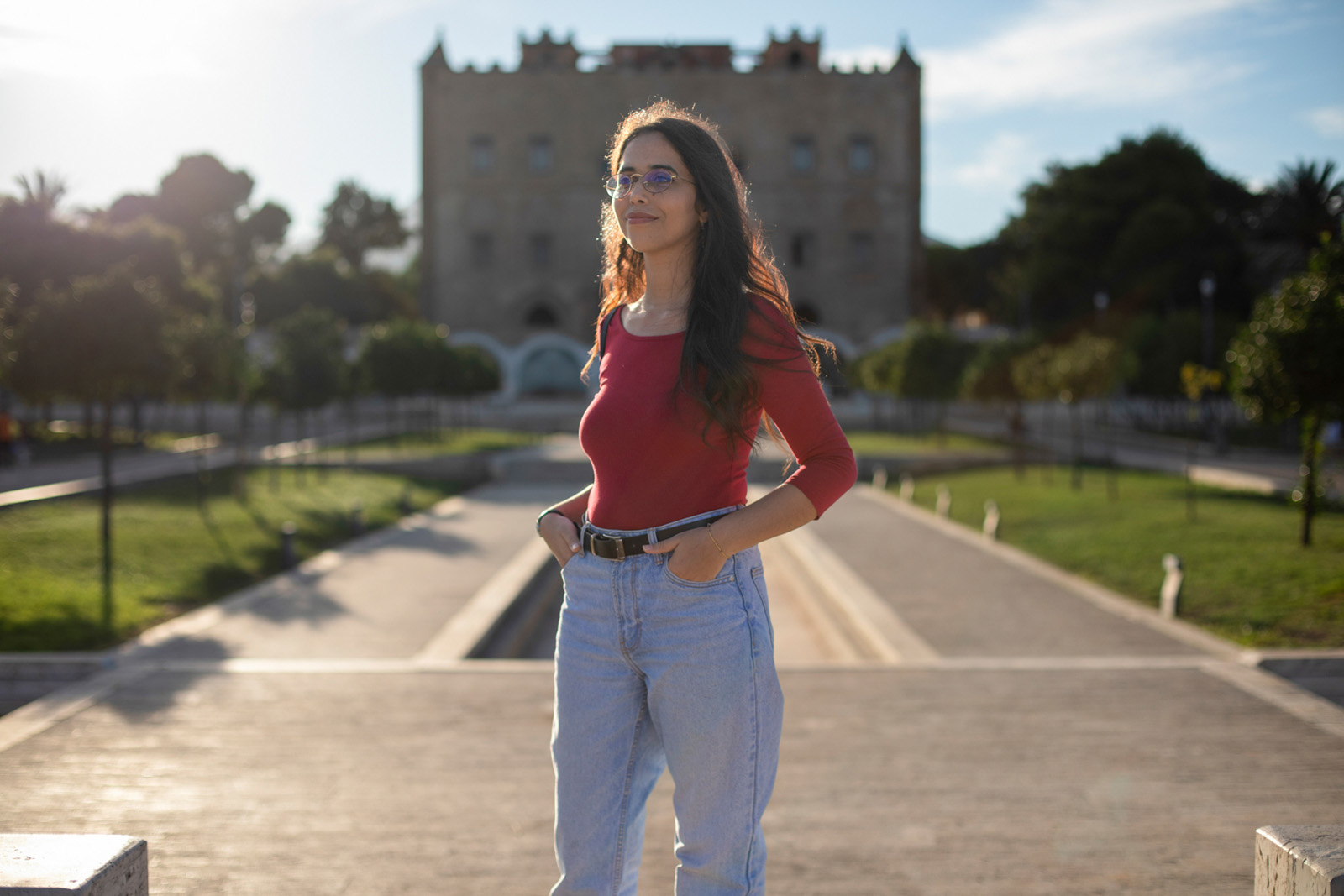
Hejer Jouini was born in Palermo to Tunisian parents. Here, she stands at the 12th-century Zisa Palace, one of Palermo’s key Arab-Norman sites. “I learned about the Arab past of Palermo from school,” she says. “It made me feel proud as the monuments are so beautiful. There are words in Sicilian that are similar to Arabic. It shows the interaction between these two cultures and languages. The warmth that the people of Sicily have is similar to Tunisians.”
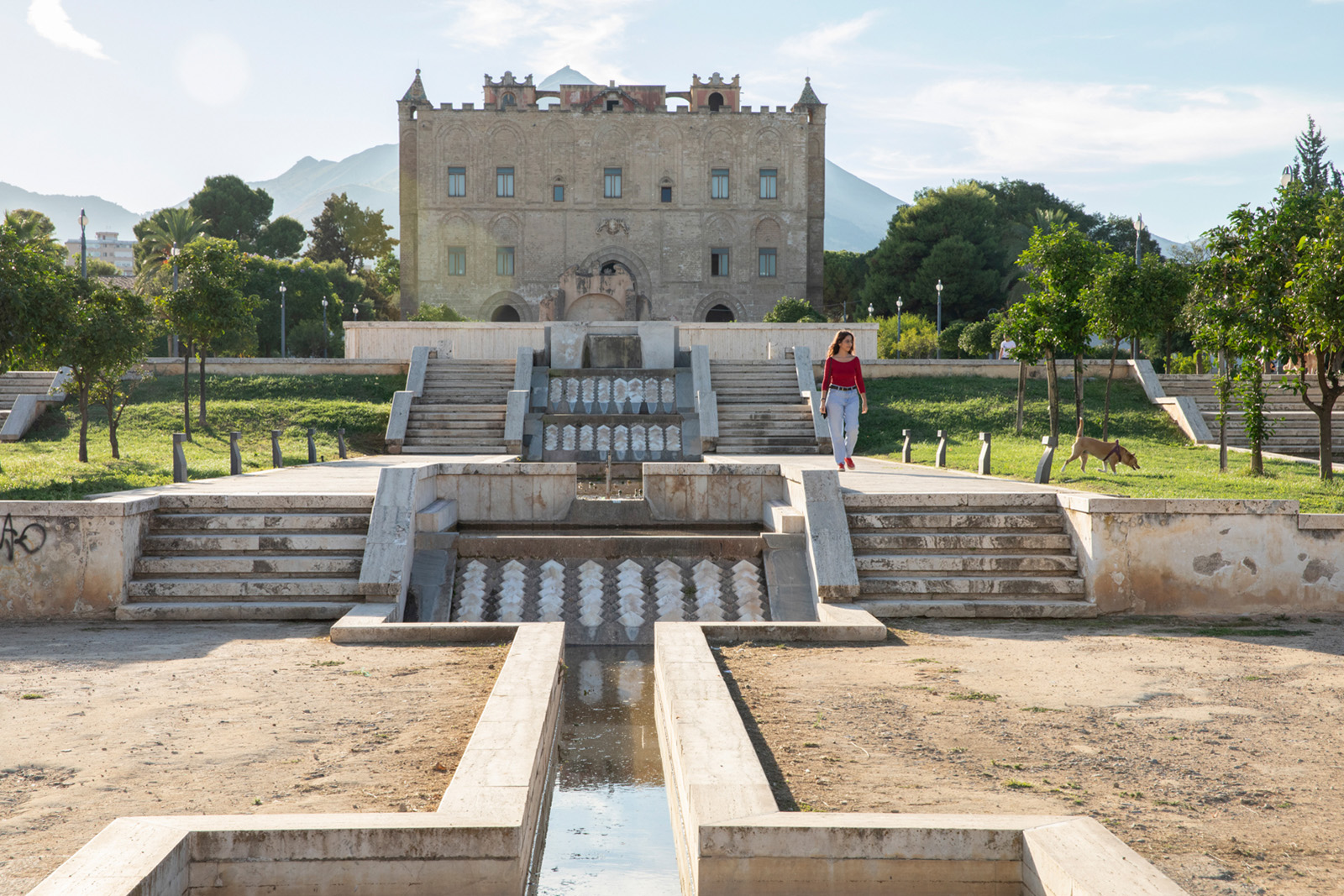

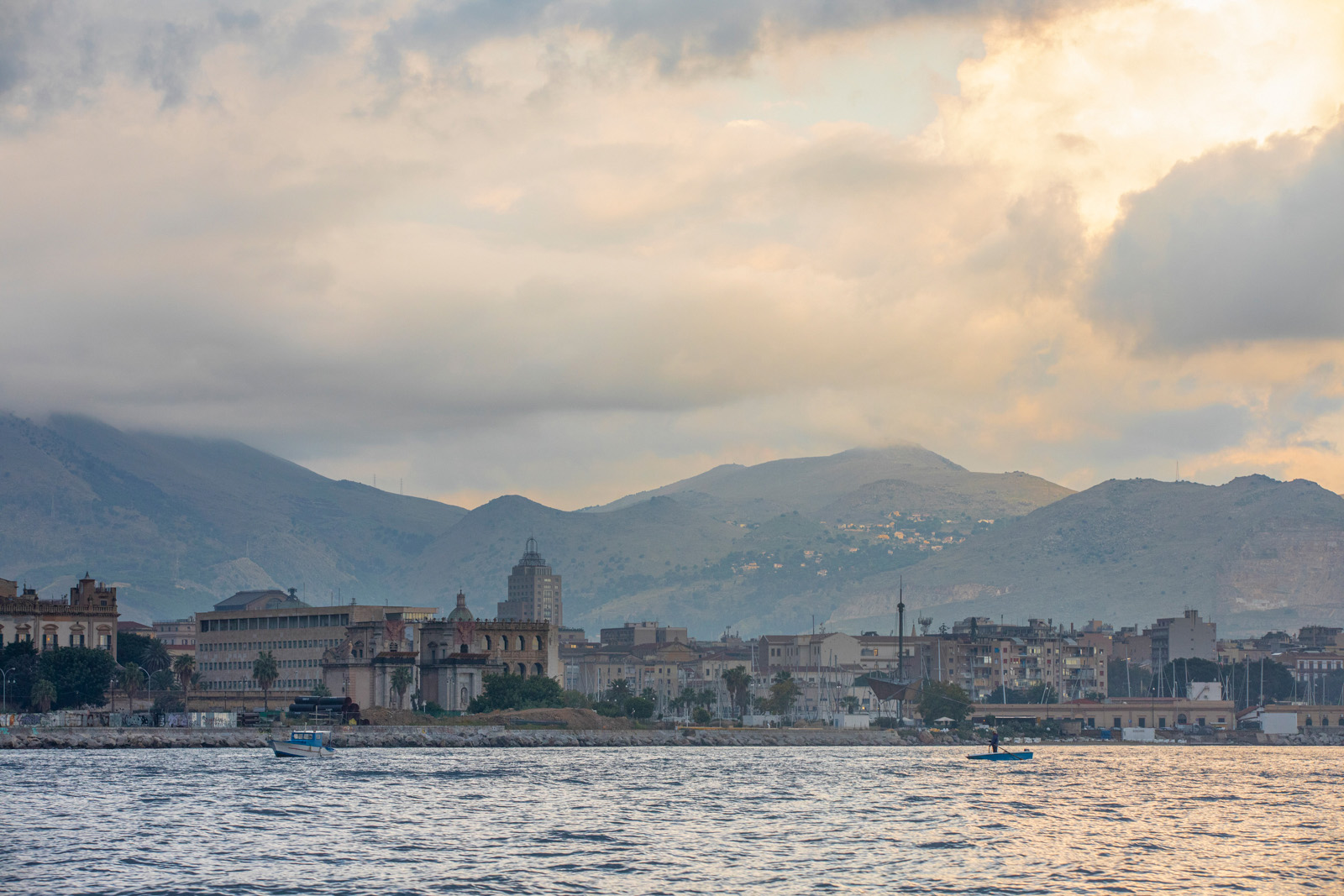
Palermo’s waterfront, viewed from the sea.
Helena Russo

Dancer Helena Russo performs the Sicilian muwashahat — a blend of Arabic musical poetry and dance developed in Al-Andalus in the 11th century — inspired by her imaginings of what the accompanying dance would have been like at the time of the Muslim presence on the island. “We don’t have any records of this medieval dance, but we can imagine and reconstruct it,” she says.

Russo and her students dance in the gardens of the 12th-century Zisa Palace in Palermo. “The muwashahat were traditionally danced in the gardens and in palaces. The Sicilian versions were written by exiled poets who spoke about love, exile, gardens, lemons and tears,” she says.
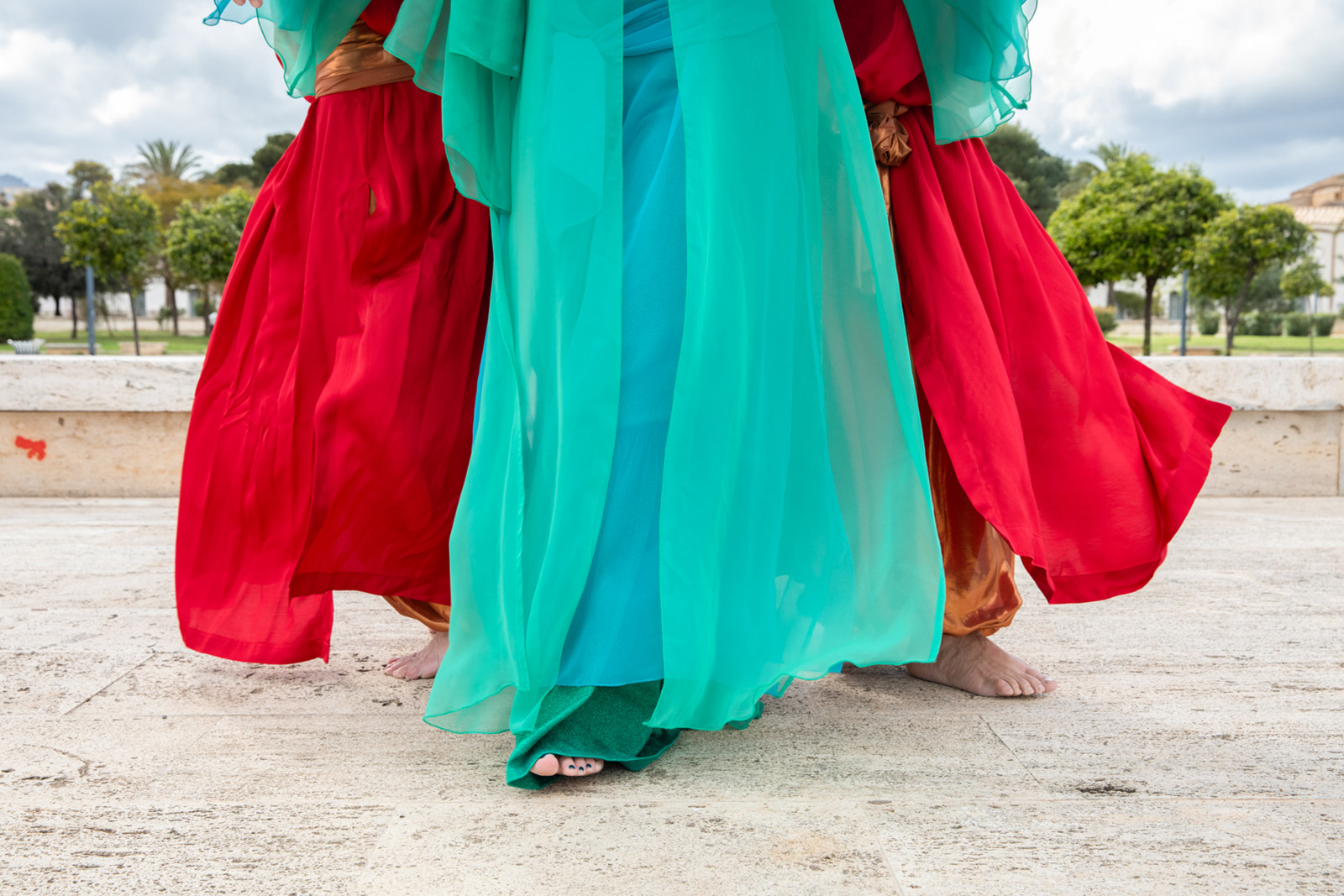
Lamin Drammeh
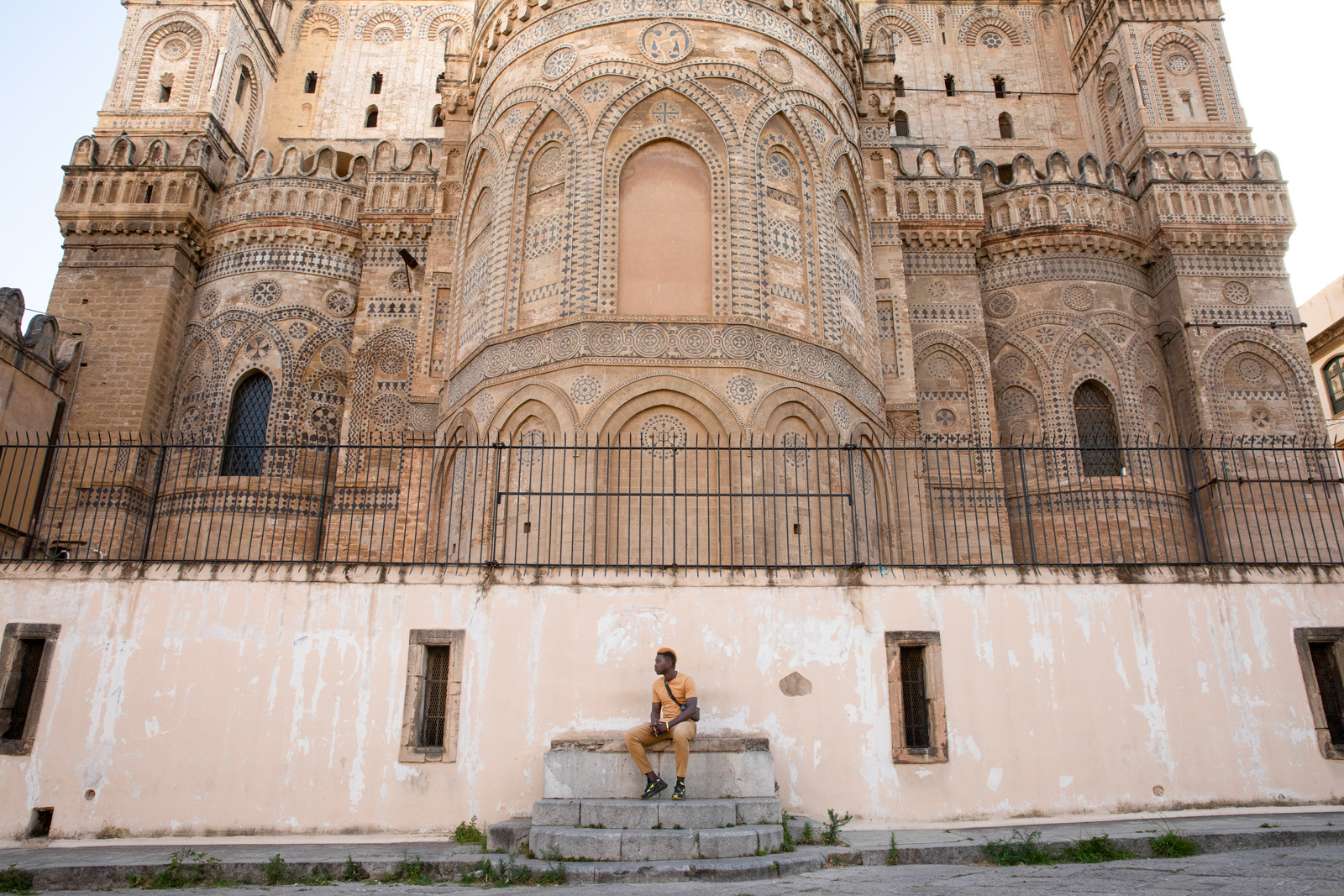
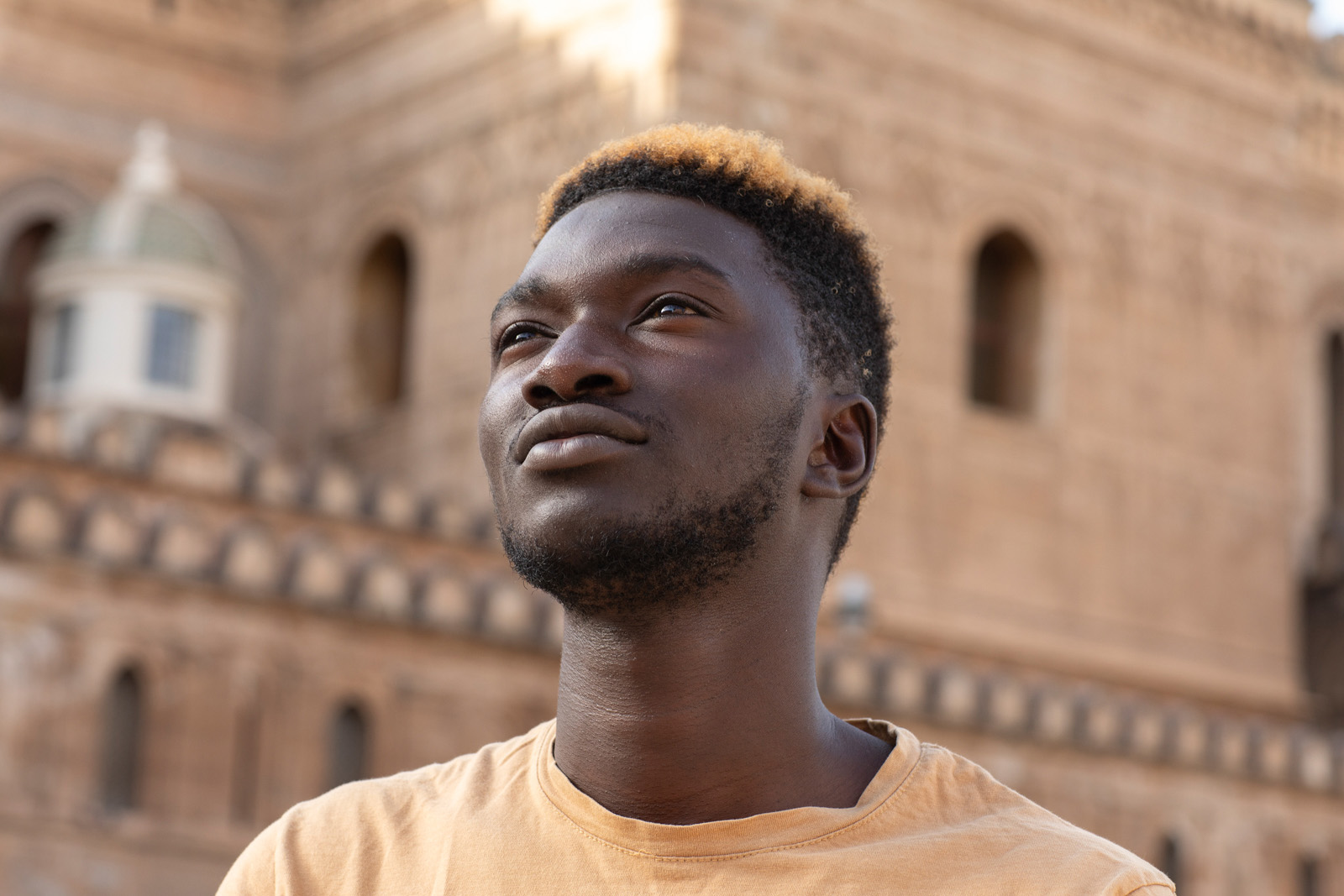
Lamin Drammeh, an actor who arrived in Palermo from the Gambia 10 years ago, stands outside Palermo cathedral. Built by the Normans on the site of a former mosque, the cathedral blends Norman, Gothic, baroque and Arab-Norman architectural styles. On one of the columns at the main entrance is an extract from the Qur’an. “It’s a very touristic place. When you go inside you recognise it used to be a mosque but someone who has never been to a mosque might never know,” he says.

Drammeh prays at home in the Ballarò area of Palermo, home to a bustling street market. “I feel like Palermo is a Muslim city,” he says.
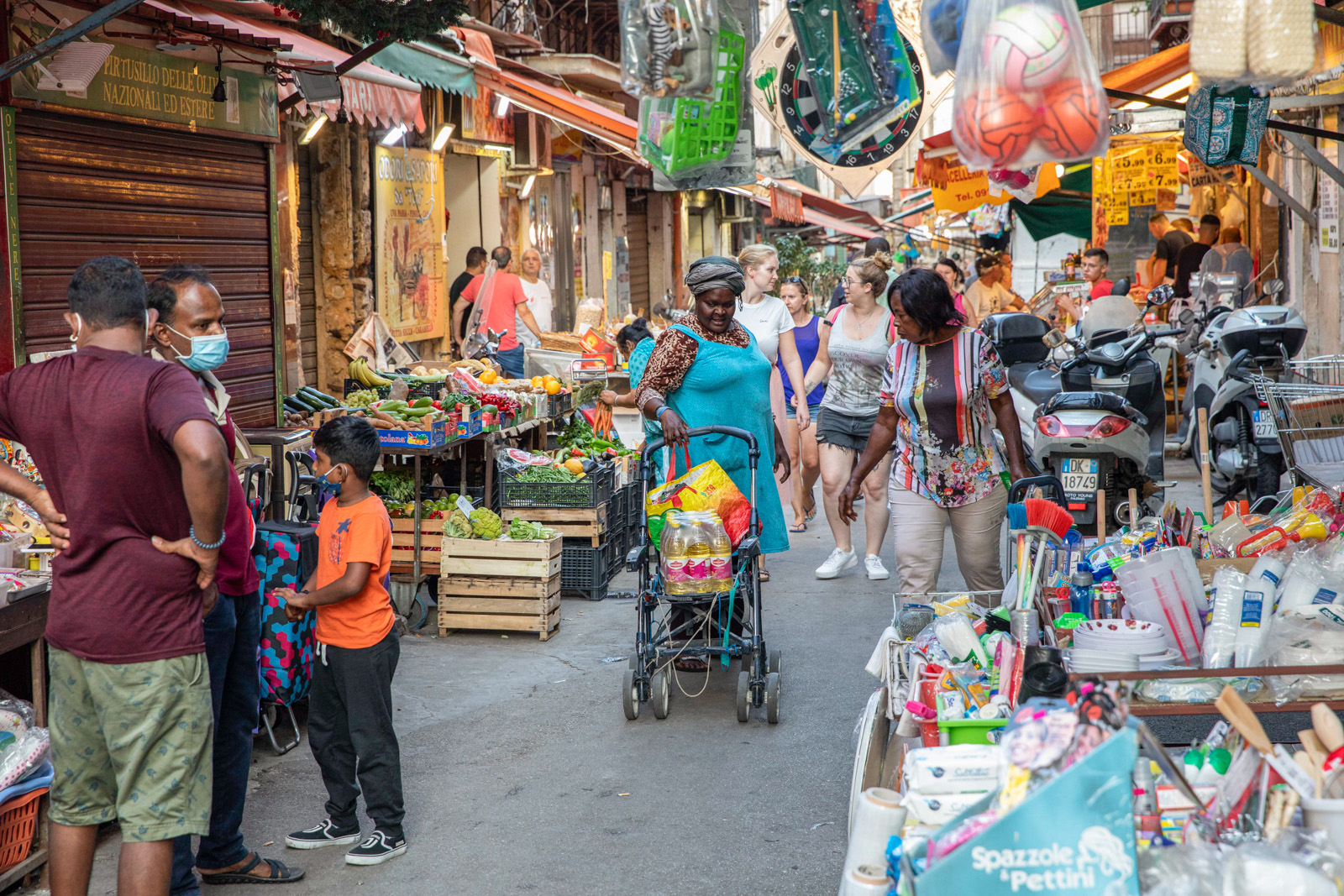
Sirus Nikkhoo Sari Ghieh
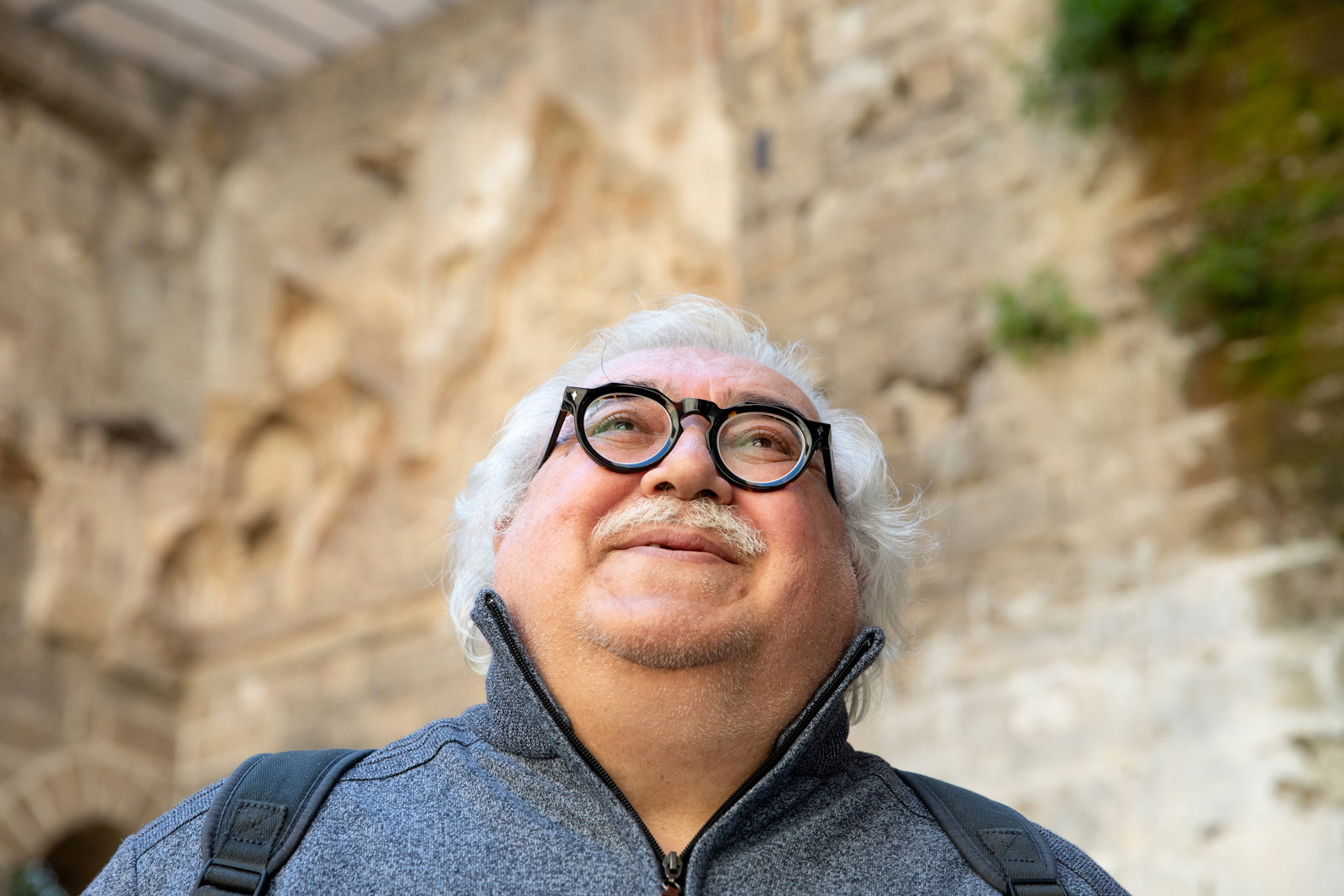
Sirus Nikkhoo Sari Ghieh stands at Cuba Palace and San Giovanni degli Eremiti, a 12th-century church with Islamic, Norman and Byzantine architectural influences. Originally from Iran, he came to Palermo in 1980 to study architecture.
“When I discovered the monuments of Palermo, I saw traces of Persian culture that weren’t mentioned anywhere and that no one knew about,” he says. “Inside the walls of the old town there were more than 300 mosques. The location of some has been found, but not of others.
“In finding these architectural elements, I started to feel that Palermo was like home. This land is part of my culture and it motivated me to stay, explore and understand the city.”
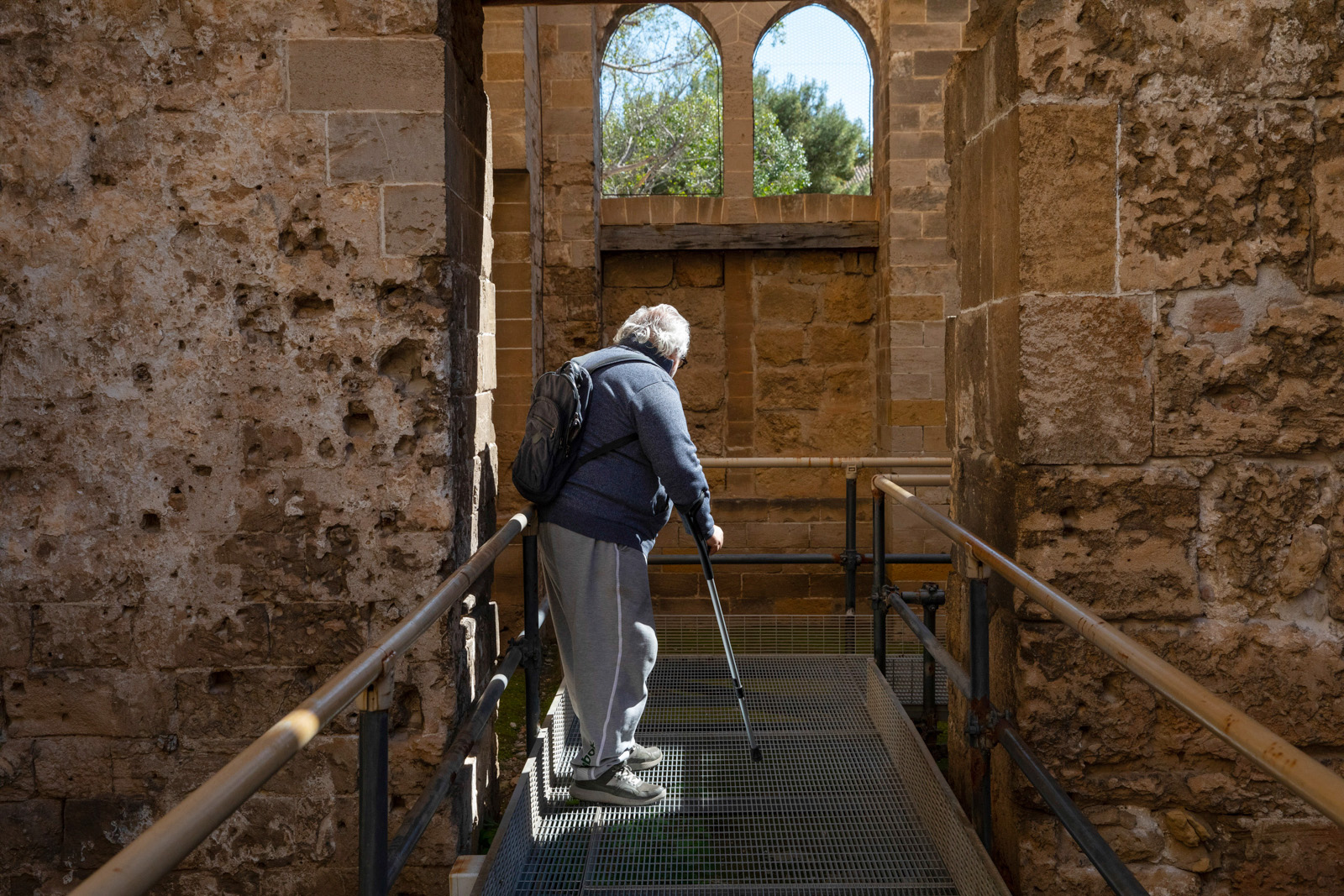
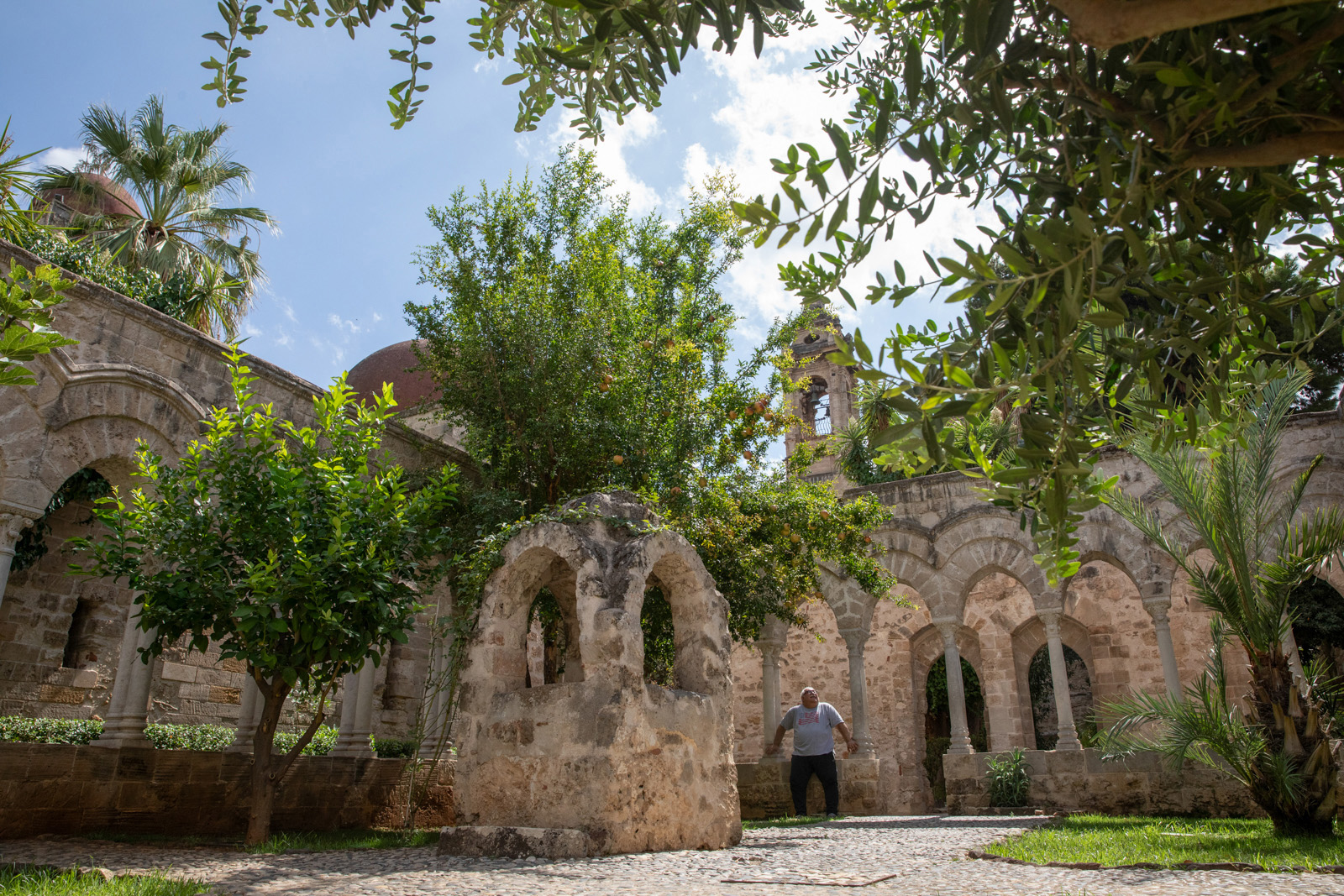
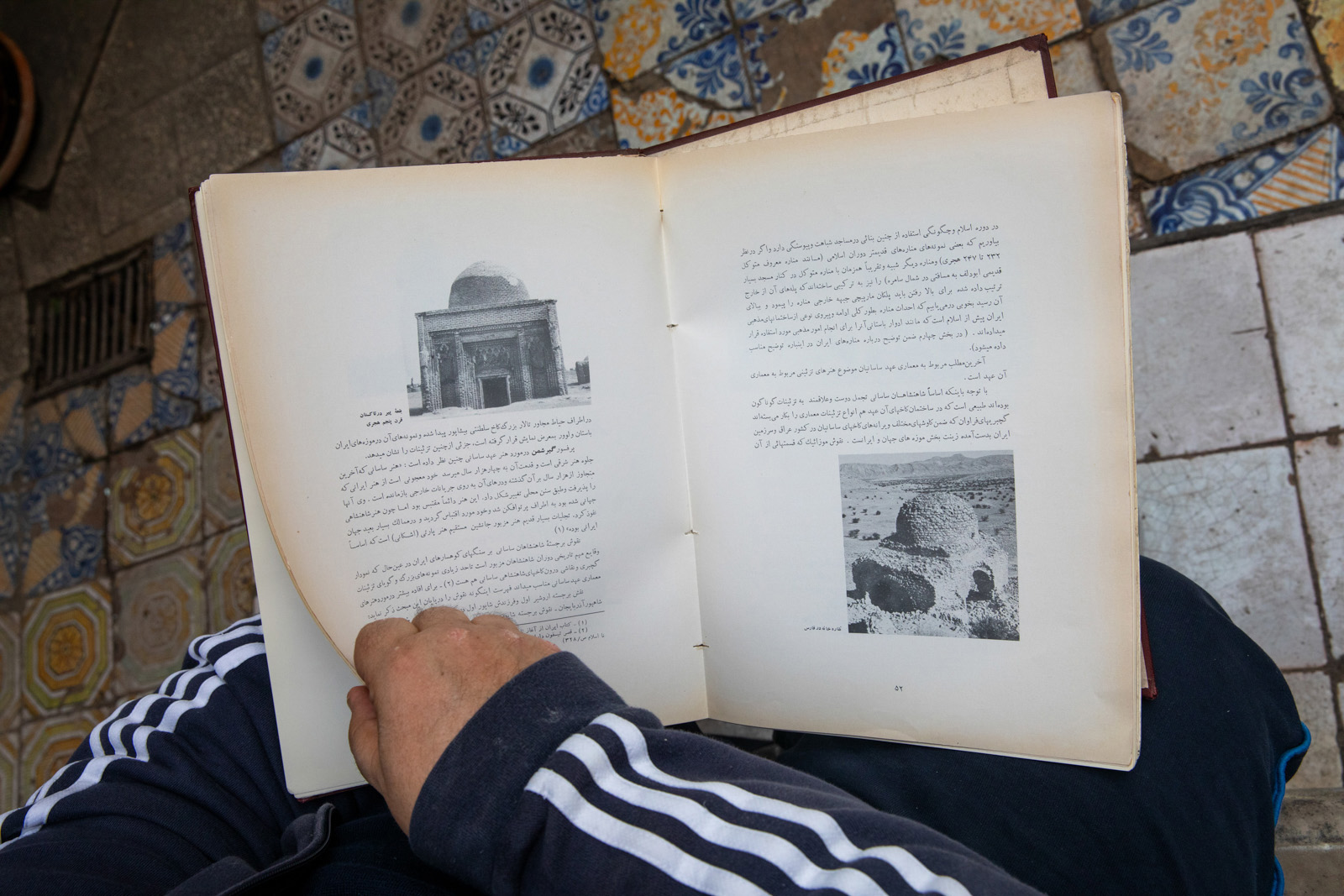
Cesare Tinì
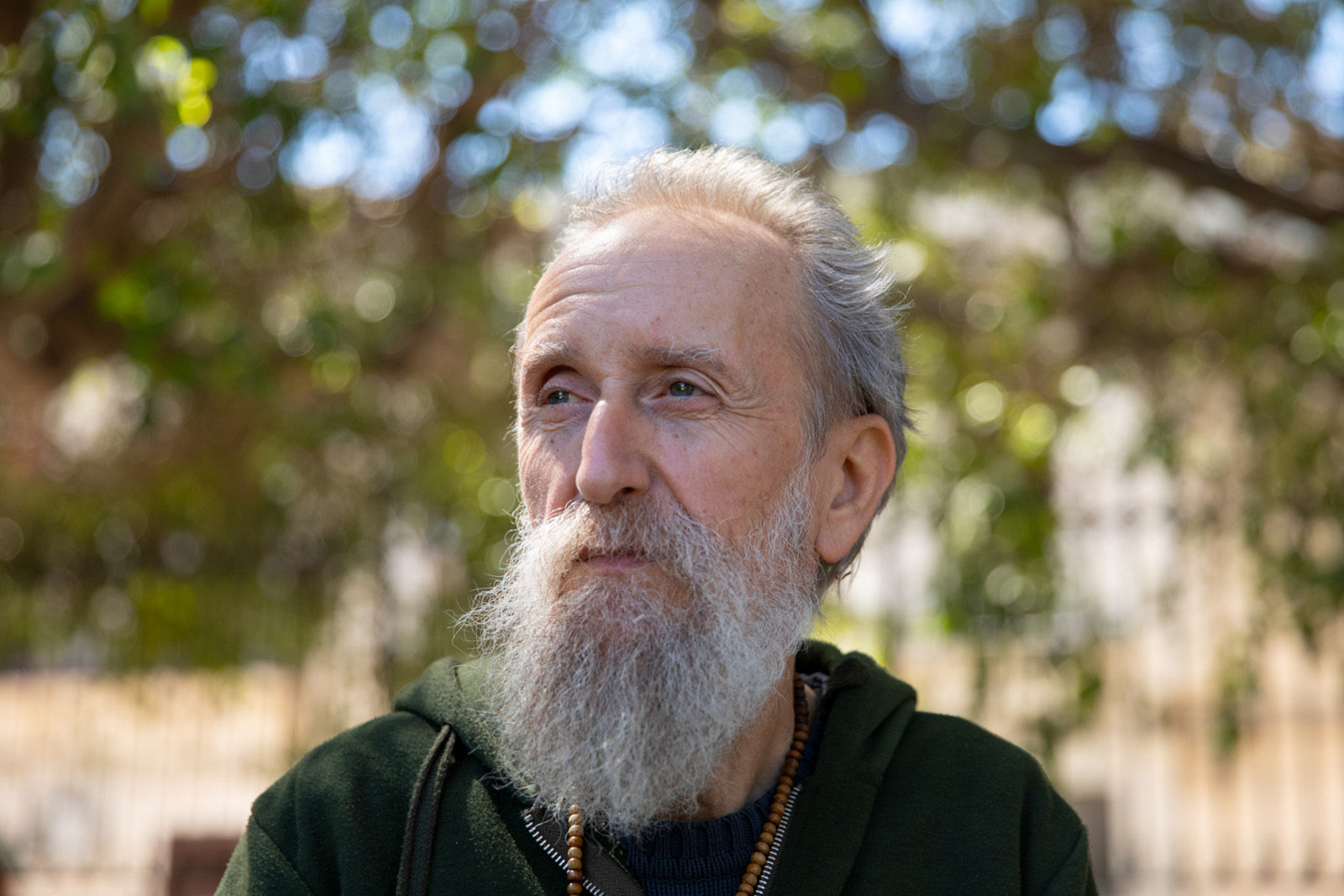
Cesare Tinì, who has lived most of his life in Palermo, converted to Islam as a young man. “I had many north African friends and I was fascinated by the sacredness of friendship, which I also perceived in the Sicilian people,” he says. With other local musicians he founded Siqiliah, a musical group that takes its name from the ancient Arabic name for Sicily, fusing north African and Turkish traditions with those of the island.
Tinì has worked on restoration of the mosaic floors of Palermo’s Monreale cathedral. “Those mosaics communicated a deep spiritual mystery to me,” he says. “The western approach to mosaics limits the decoration to a predefined conceptual space, but the eastern one assumes that the decoration is infinite, like the universe.”
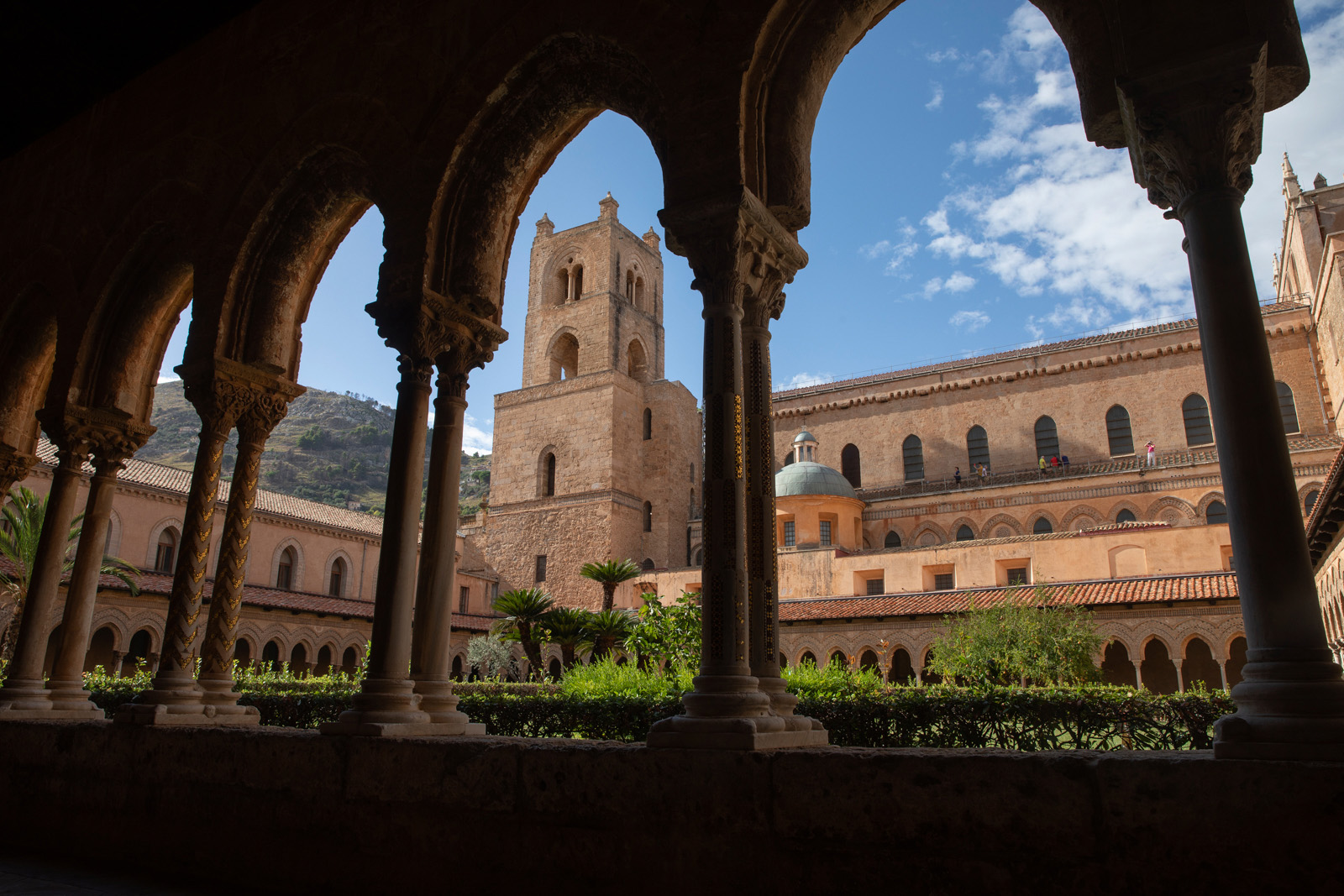
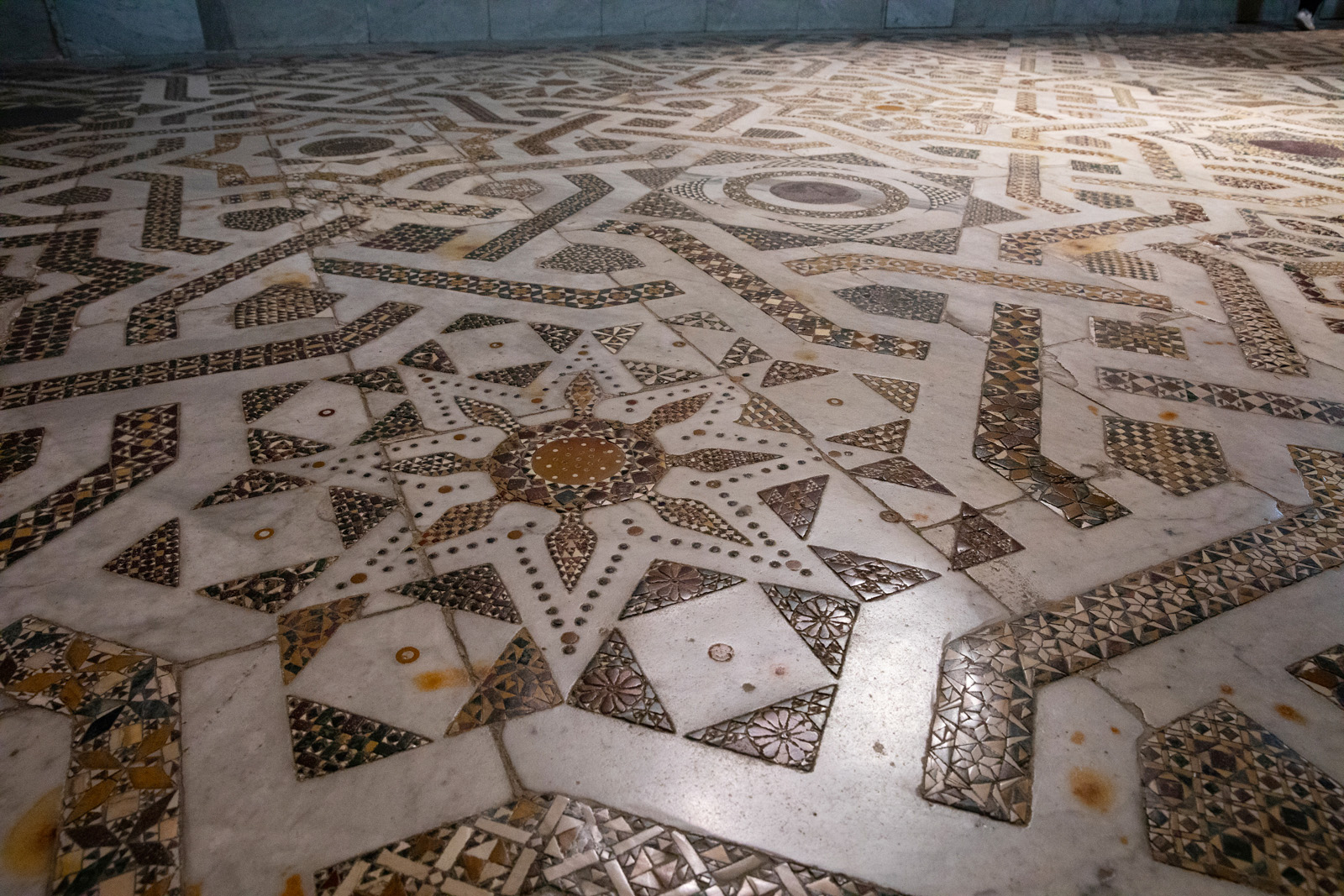
Tehseen Nisar
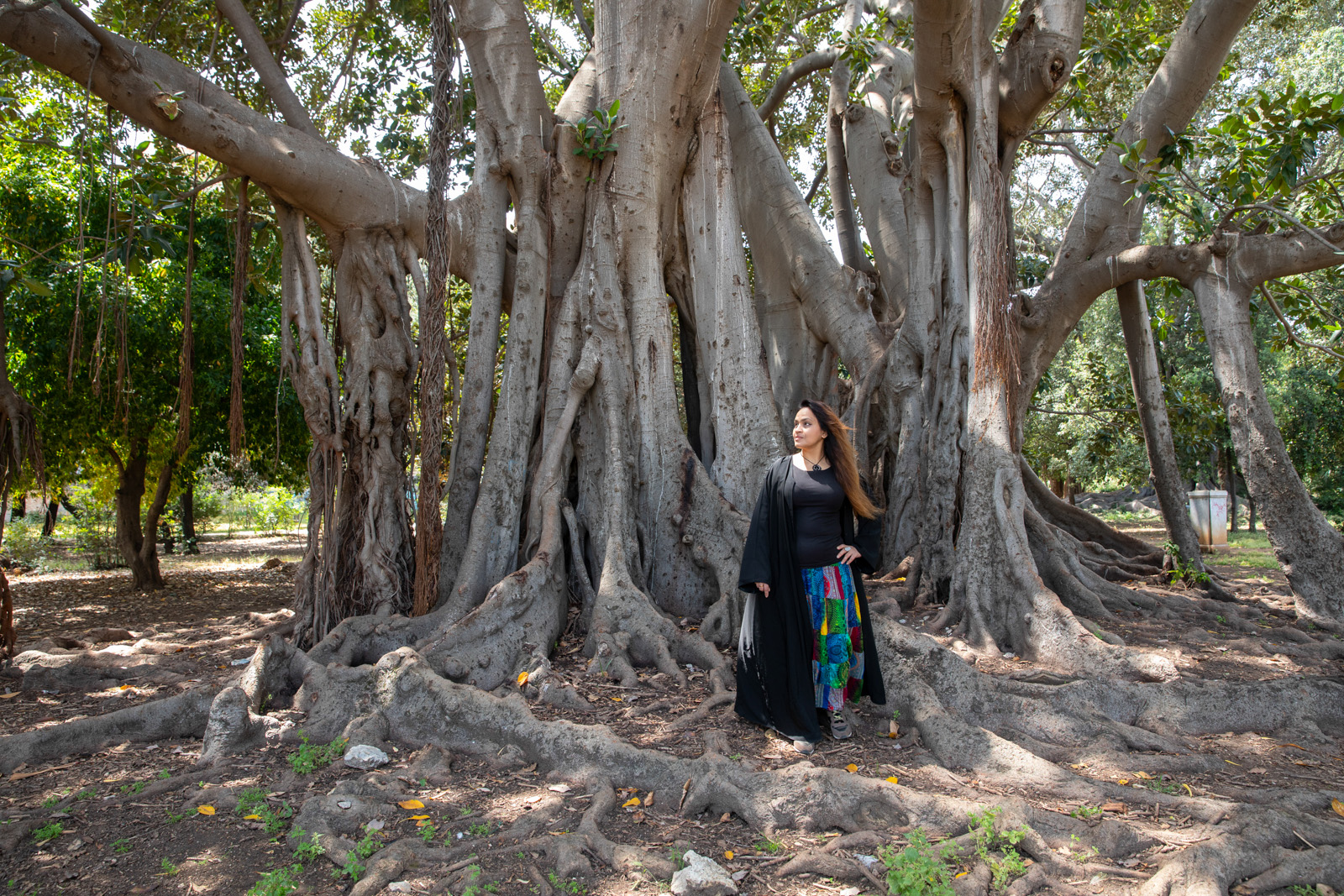
Tehseen Nisar, a Pakistani academic and poet, has lived in Palermo for three years. Here, she stands underneath one of the city’s many ficus trees. When she walks around the city, she feels strong similarities to her homeland.
“This city doesn’t treat me as an outsider. I feel enmeshed,” she says. “This tree is so close to my heart and soul. It reminds me of my childhood years when I used to walk in the beautiful gardens of Karachi, near the Arabian Sea.”
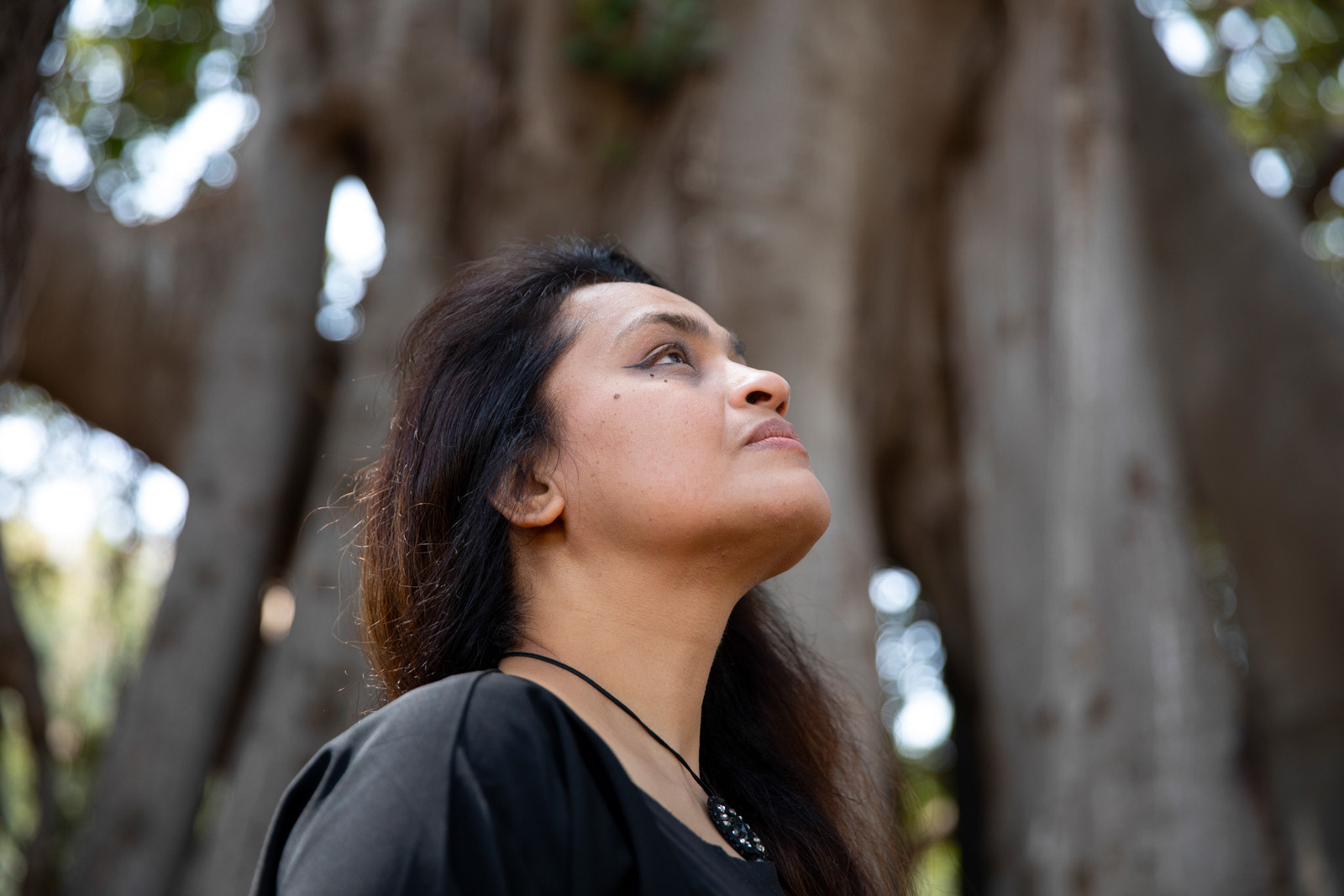
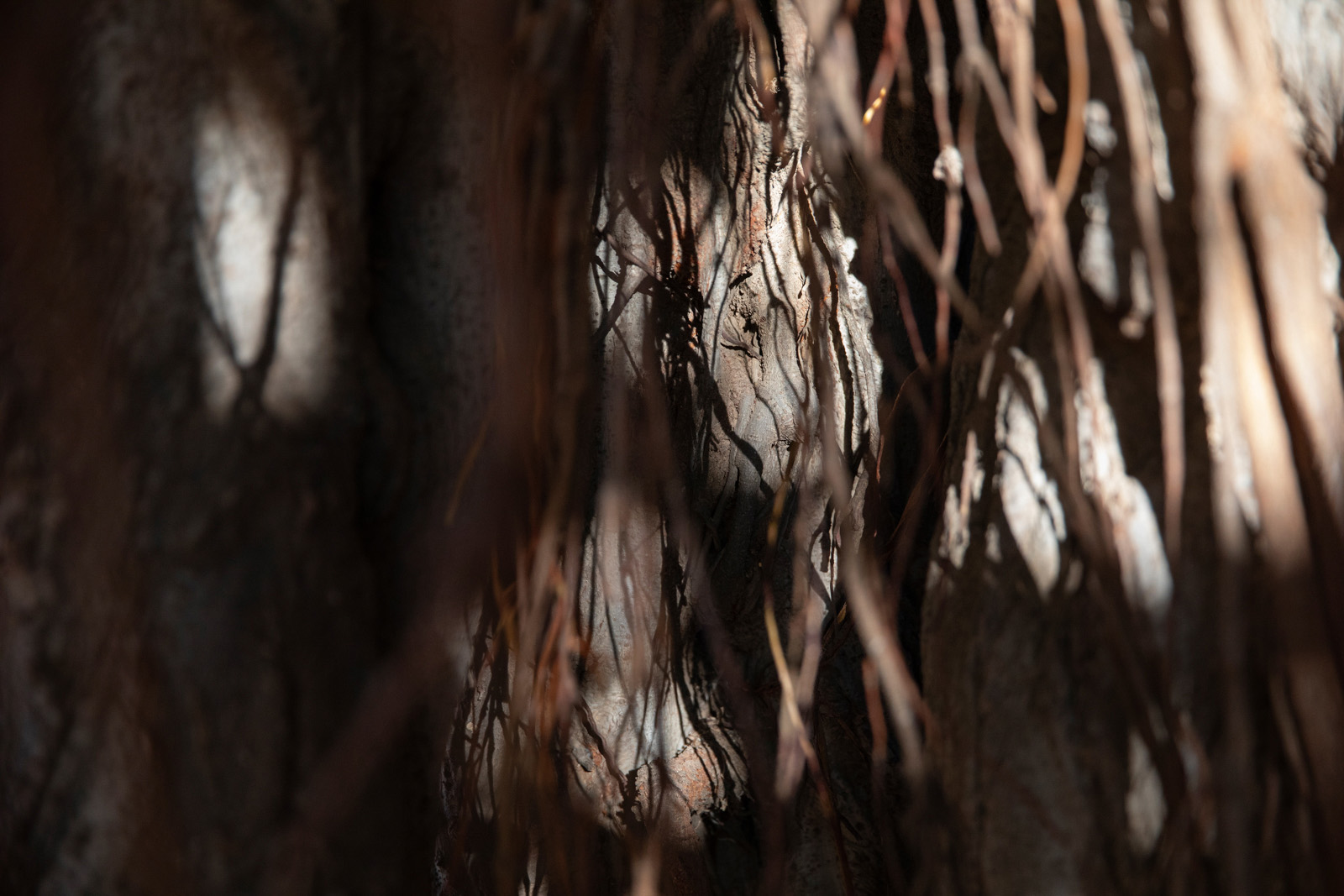
This work is part of a wider project, Absent presence, on multi-religious encounters in cities across the world and is funded by the European Research Council grant Multi-Religious Encounters in Urban Settings (2019-2025).
